The Good old days of school that we will always cherish
Life is all about the past, the present, and the future. While we are living in the present, the future is yet to unfold. It’s the past that gets stored in our memory and it’s the memories of the good old days that energise us for the future. The day you feel low just press the rewind button and pick a few memories from the good old days and I am sure it will make you smile.
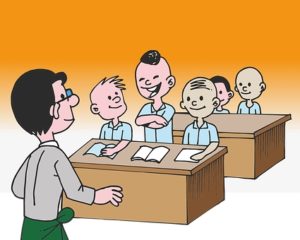
You meet old school friends at an alumnus meet and suddenly the memories of the good old school days come alive. Each teacher is discussed threadbare. The English teacher was always biased towards girls as they had a better hold over the language. One class that the boys never used to miss was the Biology class because of the hot looking ma’am. The math teacher had his favourites. The ones who attended his tuition classes were the ones who scored the maximum.
The good old days were more about playing
The primary school days were less about studies and more about playing. It didn’t matter whether you stood in the top 10 or not. Parents were happy if the kid got promoted to the next class. Playing all kinds of sports for fun with no competitive feeling brought the real sportsman spirit.
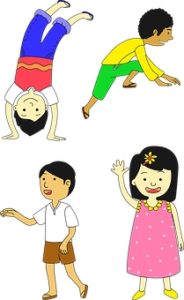
I still remember that as children we used to play a variety of games. Aiming and hitting the white marble or striking the gulli with a danda (wooden stick) was fun. Then we had pithoo, a game played with seven marble stones stacked over one another to be hit by a ball. There were no-brainier games like hide and seek popularly called ice-pice. Stapoo was all about jumping and conquering numbered blocks marked on the floor with a white chalk. On the other hand, there were sophisticated games like soccer, cricket, hockey, and badminton.
Playing was fun
Life in the good old childhood days was simple. One never needed a cricket gear to play cricket. We just needed a bat and a ball and few friends. The wickets were marked by a red brick on the wall and the bowler’s end had a small brick. The crease was drawn by a line marked on a mud pitch and the balls were made of cork. Tennis or leather balls were expensive and so hardly used.
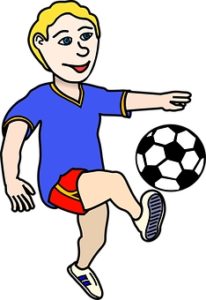
Hide and seek was an exciting game especially hiding behind the trees and boundary walls. In those days we hardly had any cars and so hiding behind them was not an option. Football was played with 1/4th the team strength with a flying goalkeeper. He would not only save goals but also score them. Most of the time the goalkeeper had to take the blame for conceding extra goals. As a result he would leave and the game ended midway.
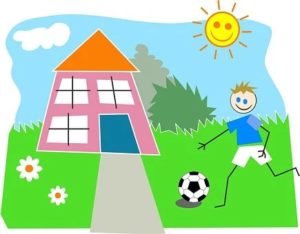
The playtime started the moment you had finished your homework and carried on till dad was not back from the office. Summers were fun as the long evening gave you enough time to play. And if by any chance there was a power cut in the evening then you got a bonus time to play with no obligation of studying. Winters were good as you could start playing in the afternoon though with an early return schedule.
The Classroom activity

Becoming a class monitor was a big achievement. It meant that you were a well-behaved child. Sharing the bench with the class topper was a happy moment for parents as they expected some rub-off on their non-serious kid. The morning assembly prayer and the “Good Morning” wish to the class teacher in a dull monotonous singing tune were the starting point of a routine day at school.
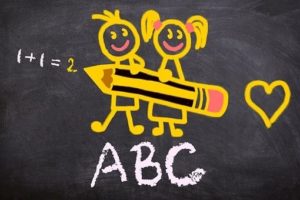
The classroom had a simple décor with a big blackboard that passively taught us the lessons of life. The white chalk made the blackboard come alive and taught us lessons in black and white that we still remember. The room had windows on one side of the wall for natural sunlight. The concept of AC rooms didn’t exist in that era. There was a big teacher’s desk with a chair and a theatre kind of classroom setting. It was the teacher’s desk that took the load of the report cards, homework notebooks, and the test papers. Even though it was a wooden desk but it took the responsibility of the future of the students on its shoulders.
The daily time-table of the good old school days
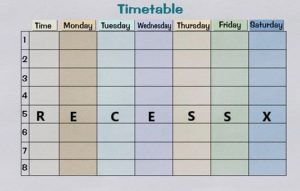
Recess was the most happening part of the day provided the lunch box escaped the eyes of the hungry backbenchers. The time-table was simple. The classes were preceded by a zero class similar to the zero hour session of the Parliament. The time-table at the back of the school diary had simple 4 periods before recess and 4 periods after recess. By the time it was the 6th period half the class would have lost interest in what was being taught.
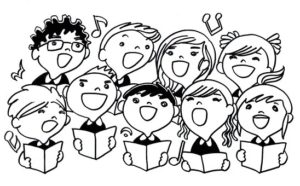
The day the regular subject teacher was on leave a replacement teacher was assigned to monitor the class. This was a godsend opportunity for the class to gossip and create a high decibel noise that would break the sound barrier and reach the principal’s room. Soon the entire class would be standing on their desk getting lectured on how they were wasting their parents hard-earned money.
The Class homework
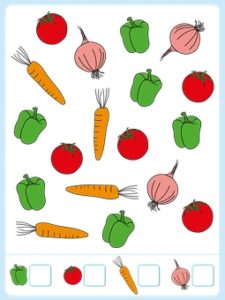
The homework frequency was not daily but 2-3 times a week. Few of the notorious friends would borrow and copy the homework in the first class and submit by lunchtime to avoid punishment. The most difficult homework though was making school charts. Students were assigned to make school charts on physics experiments, chemical reactions, the countries of the world, and so on. This was one homework that you could easily delegate either to your mother or to your elder sister. It was probably here that I learned the art of delegation.
The extra-curricular activities
The extra-curricular activities involved having a SUPW class i.e. socially useful productive work. The objective of the class was to make students learn a few life skills. Stitching, weaving, carpentry were a few of the tricks one used to learn. Apart from that students were divided into different houses. The idea was to make students compete to bring out the best amongst them. I remember my school having four different houses – Morning star, Fleming star, Superstar, and Tristar. On the other hand, few schools with Indian roots would have – Tagore, Nehru, Gandhi, Patel.
The Annual school fete of the good old days
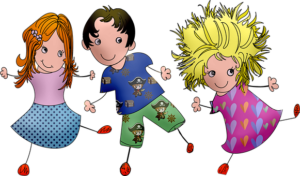
My thirty years of career has been built on selling and the training ground where I learned the skills was school. Every year there was an annual fete. Those days there was no corporate sponsorship and as a result schools used to generate money by selling raffle tickets. Each student was handed over a booklet with a ticket priced at Rs 2/-. Selling a booklet of 20 leaflets was the most difficult task I had performed. Success was limited as you could sell only 2/3rd of the booklet to your relatives, uncle, and aunts in the neighbourhood. The balance was underwritten by parents.
Those were the good old school days that I would never like to erase from my hard disk even if my memory gets full.
You can read more such stories on my blog. Click on the link below:
The Great Expectations: falling in love with childhood once again
The Cuckoo’s Nest: Getting the young ones ready to fly in the sky
Learn more about the new education policy of 2020 announced by Ministry of Human Resource development by clicking on the following link:
https://www.mhrd.gov.in/sites/upload_files/mhrd/files/NEP_Final_English_0.pdf

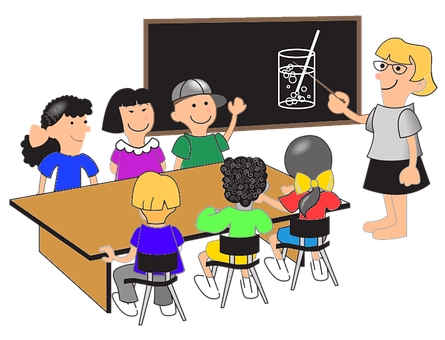




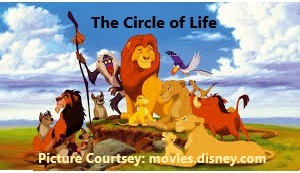

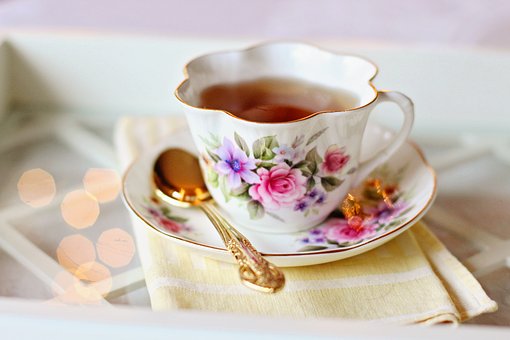



Comments
8 Comments
Yes it’s true, the good childhood days can not be erased even if memory is full.These r written in non erasable memory.
Yes I agree! School days were memorable days and will always stay in our memories.
Yes it’s true, the good childhood days can not be erased even if memory is full.These r written in non erasable memory. The most difficult part of childhood was to sell raffle tickets.l feel very good when I speak to any of my school friend
Thanks Prabhat.
Just pressed the rewind button ,had a lot of fun . Very well written
Thanks Sharmila.
बहुत अच्छी बचपन की यादें ताज़ानों गई। सच में सबसे मुश्किल होता था tickets sell करना।😀
Thanks Kshipra
Leave a Comment